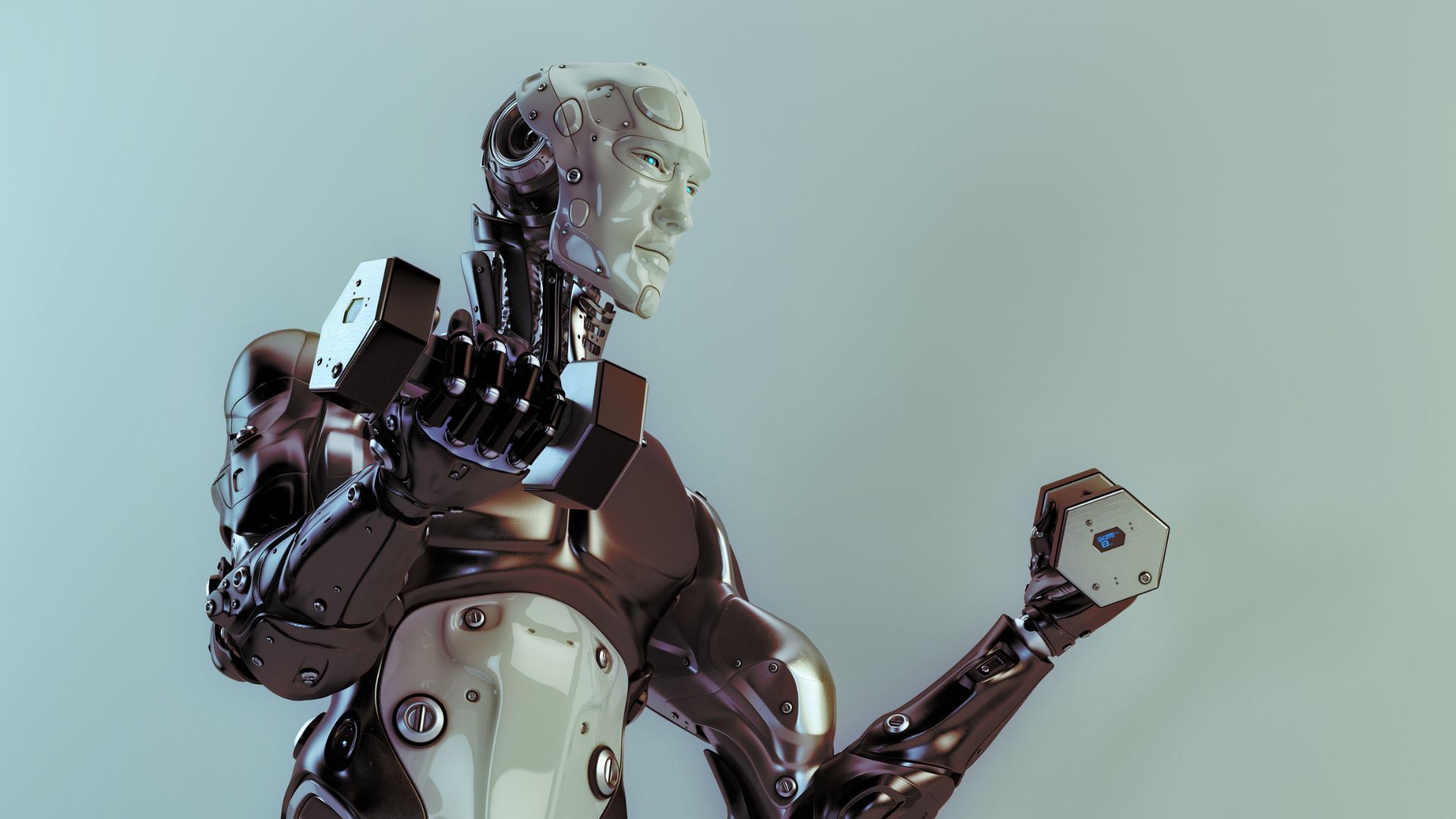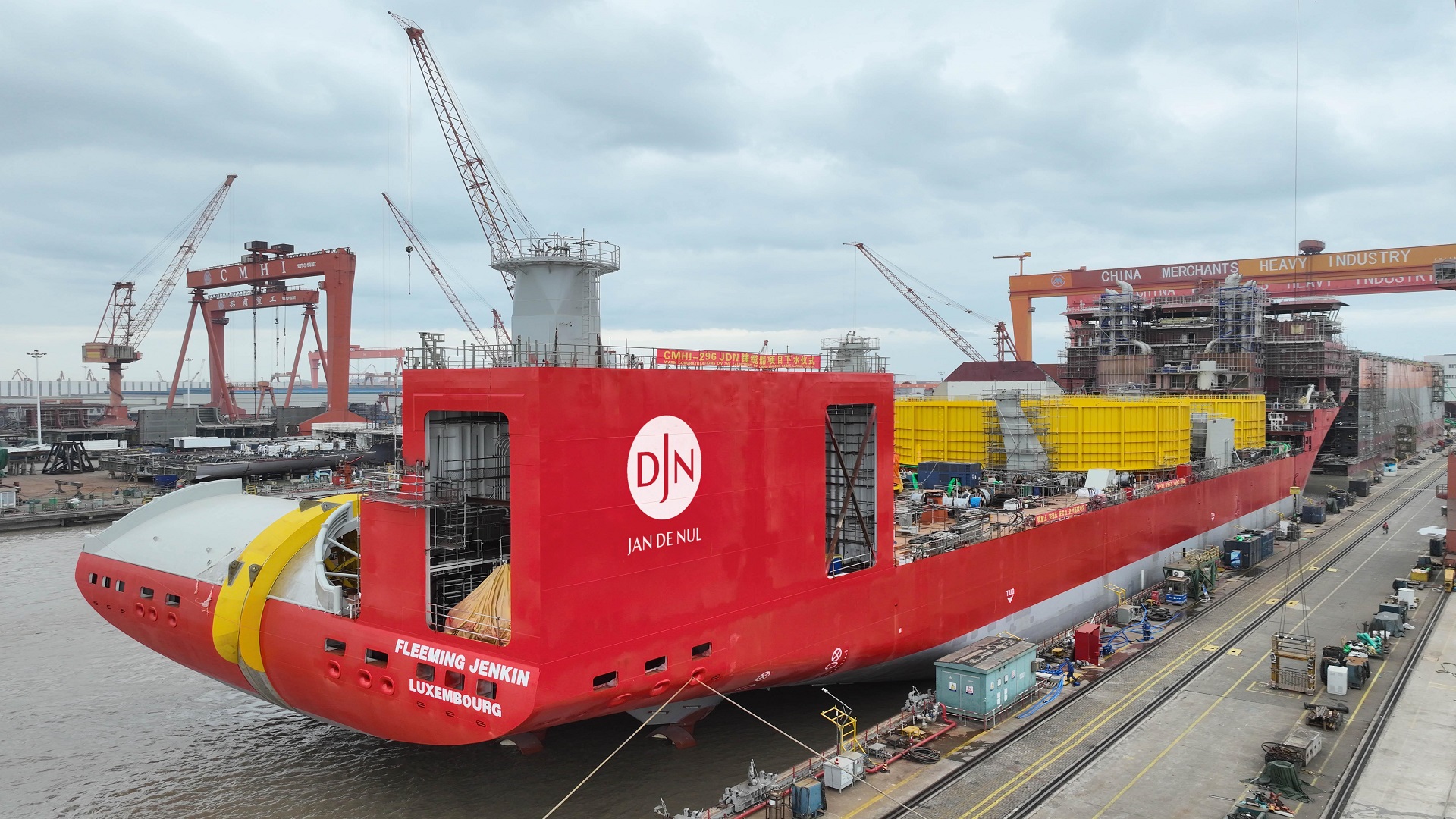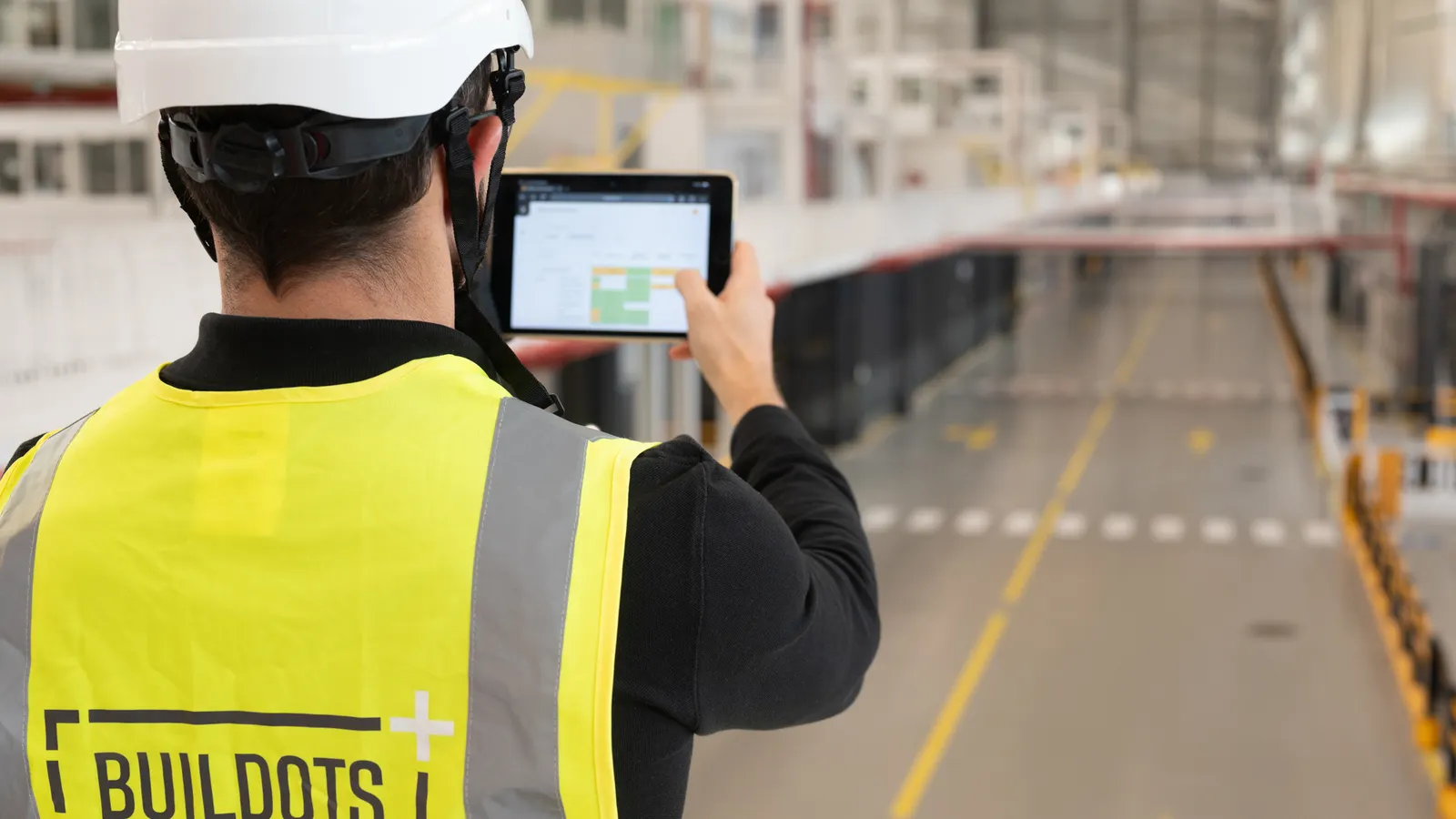Soft to steel: Tiny robot muscle lifts 4,000 times its weight, defying limits

AI Article Summary
Researchers at the Ulsan National Institute of Science and Technology in South Korea have developed a new artificial muscle that can transition between being soft and flexible to rigid and strong. This innovation addresses the limitations of existing artificial muscles, which typically had to compromise between strength and flexibility. The new muscle is composed of a dual cross-linked polymer network and magnetic microparticles, allowing precise movement control and exceptional energy output. It has significant potential applications in robotics, wearable devices, and advanced prosthetics.
What This Means for Canadian Contractors
For Canadian builders, this means there could be advancements in the design and application of robotic systems, leading to more efficient construction processes. Such technology could enable the creation of more adaptable, human-like machines, potentially impacting labor requirements and safety standards. Furthermore, these developments may influence the integration of smart, responsive technologies in construction projects, offering enhanced capabilities and new avenues in prefabrication and modular building techniques.



